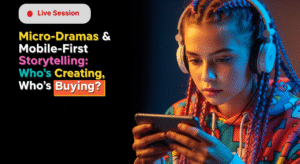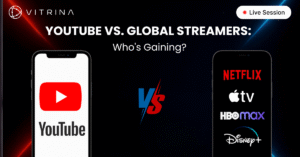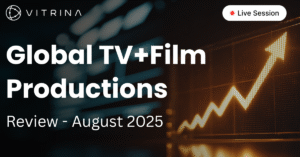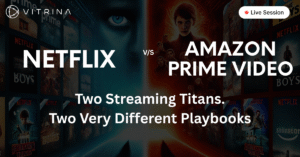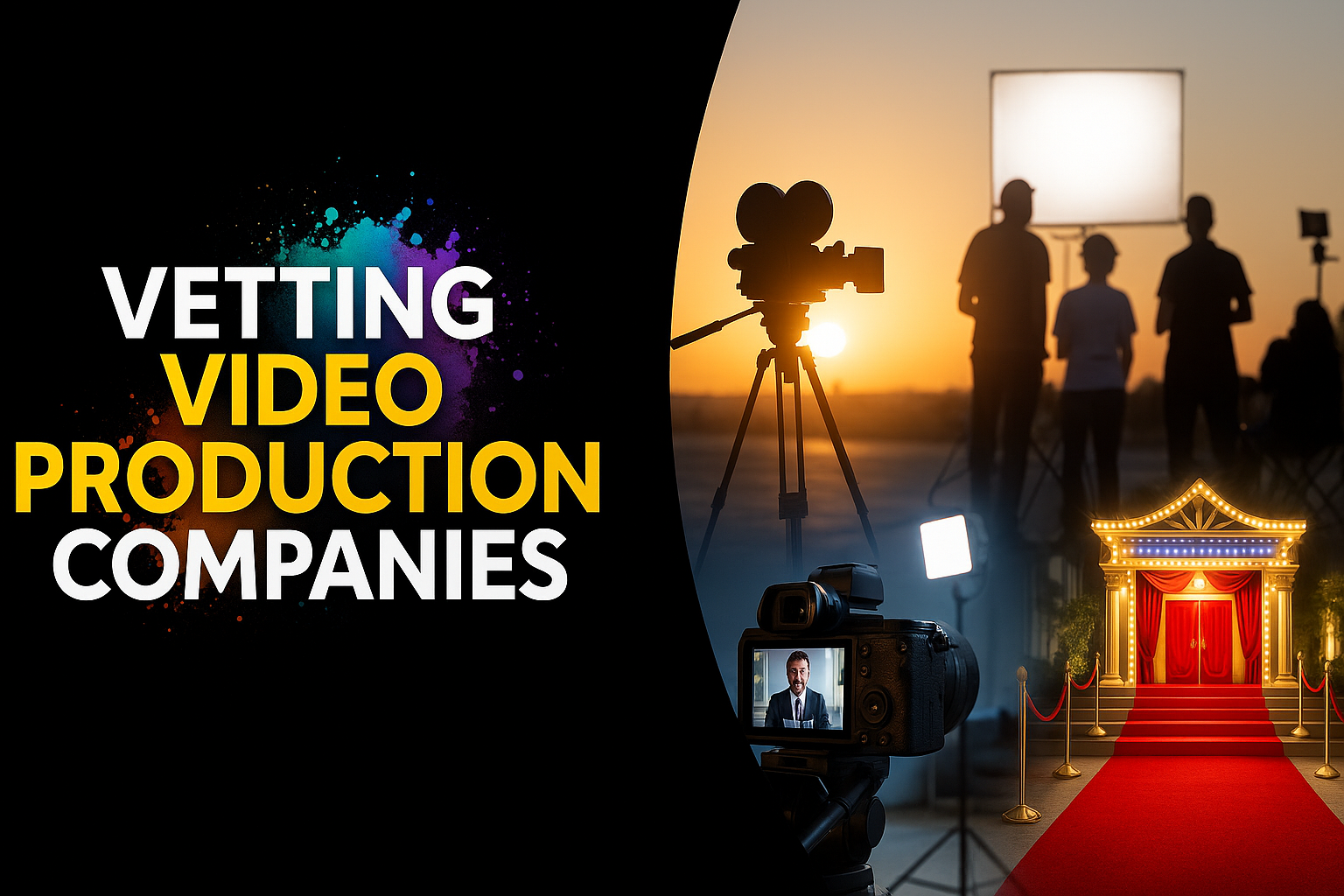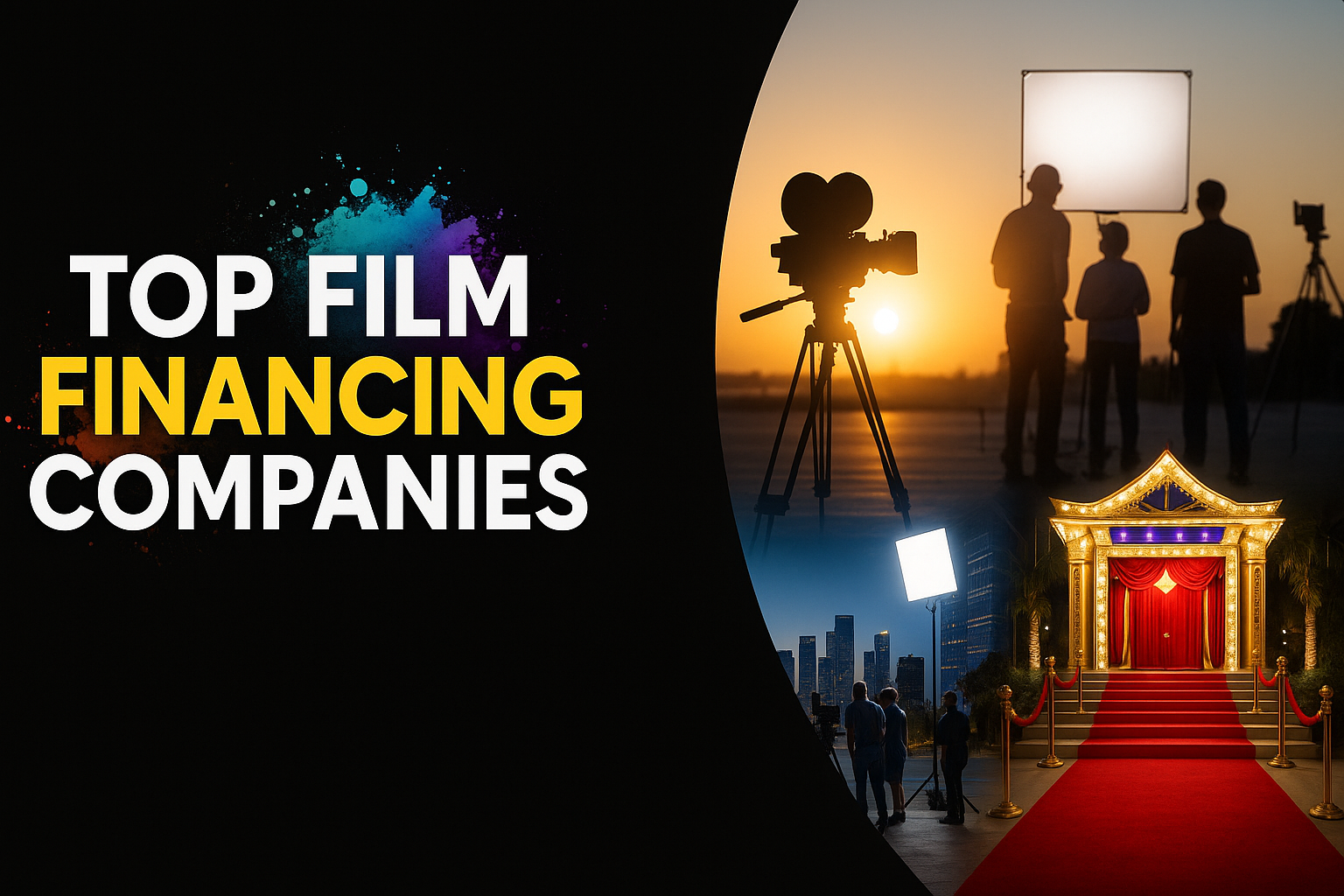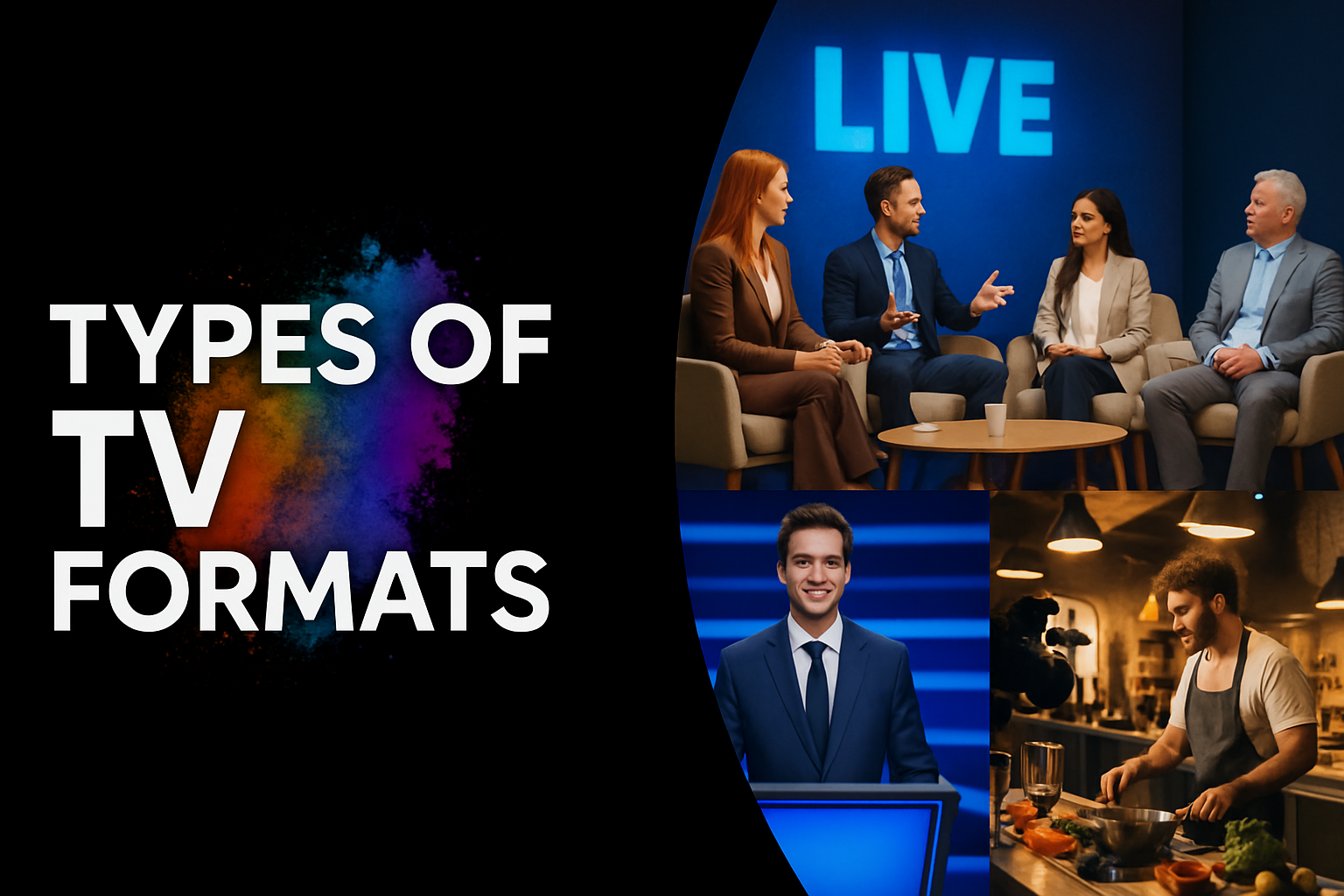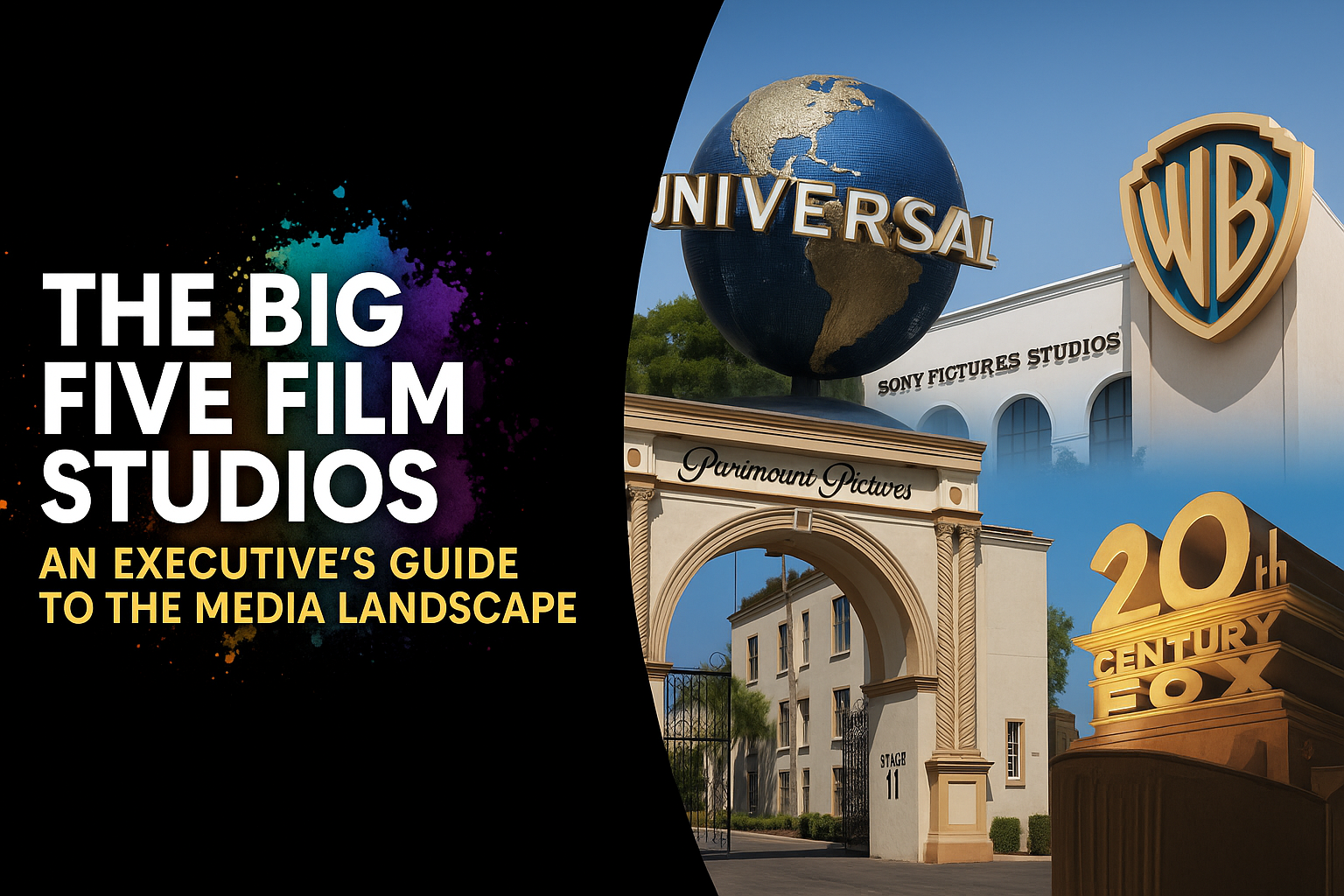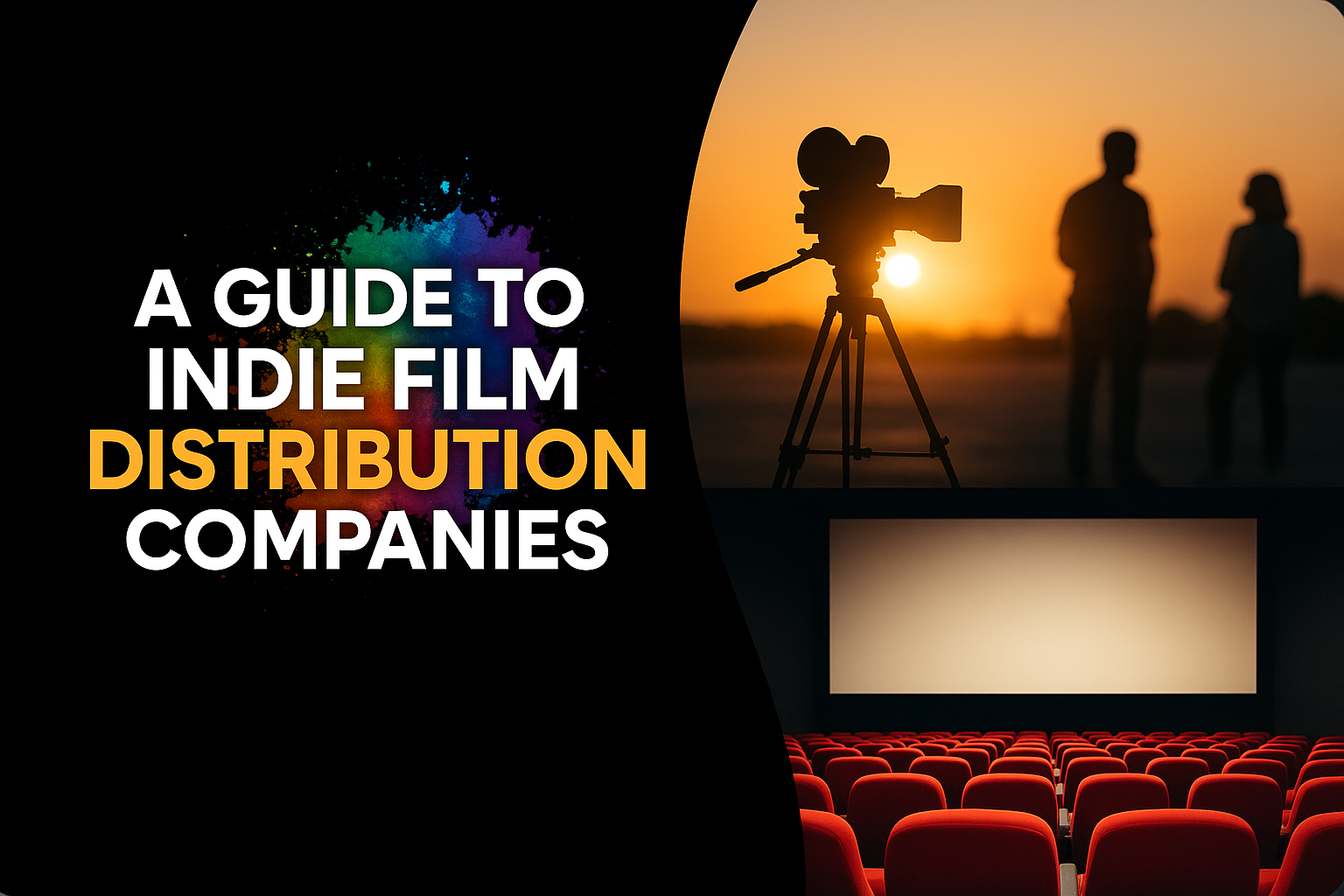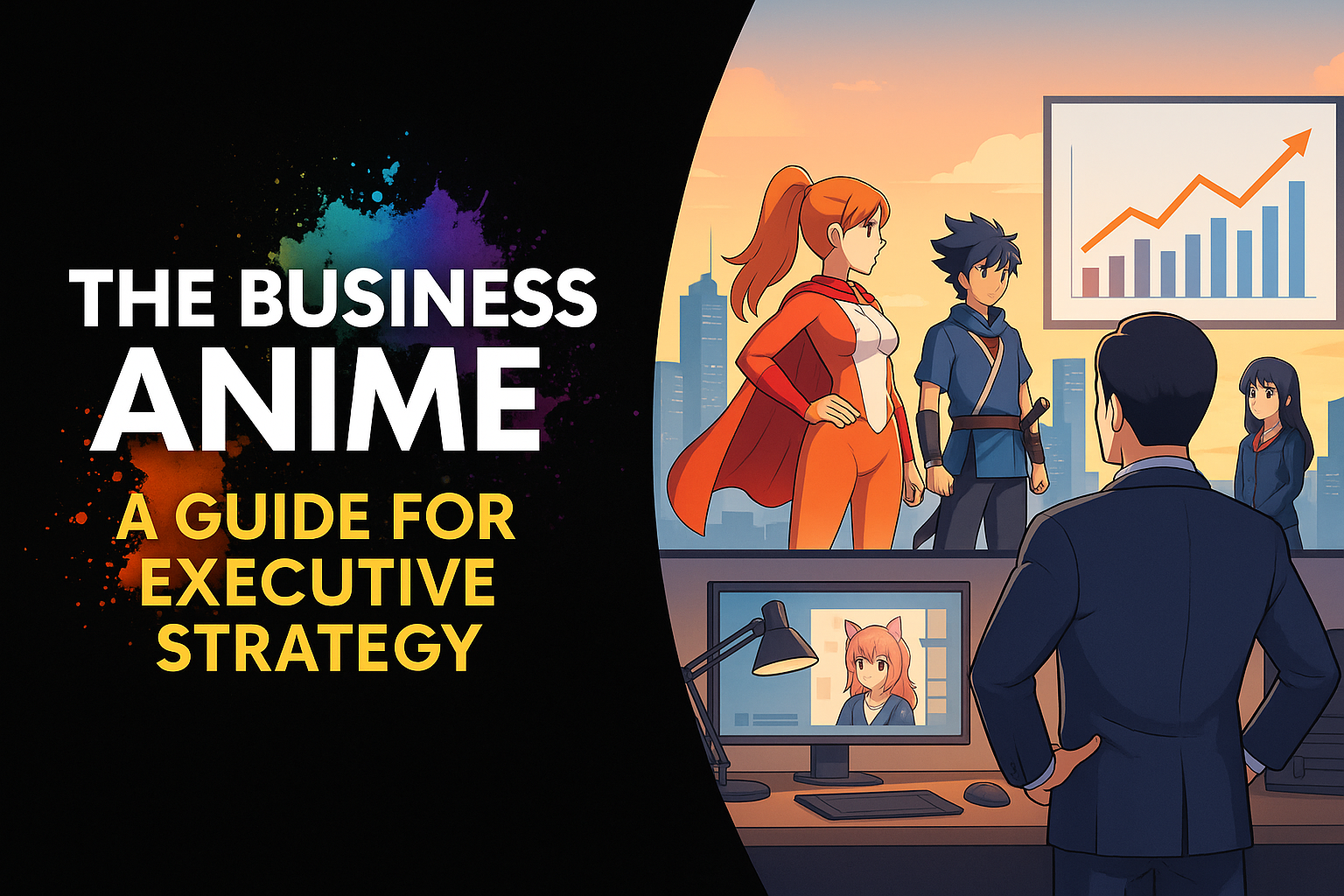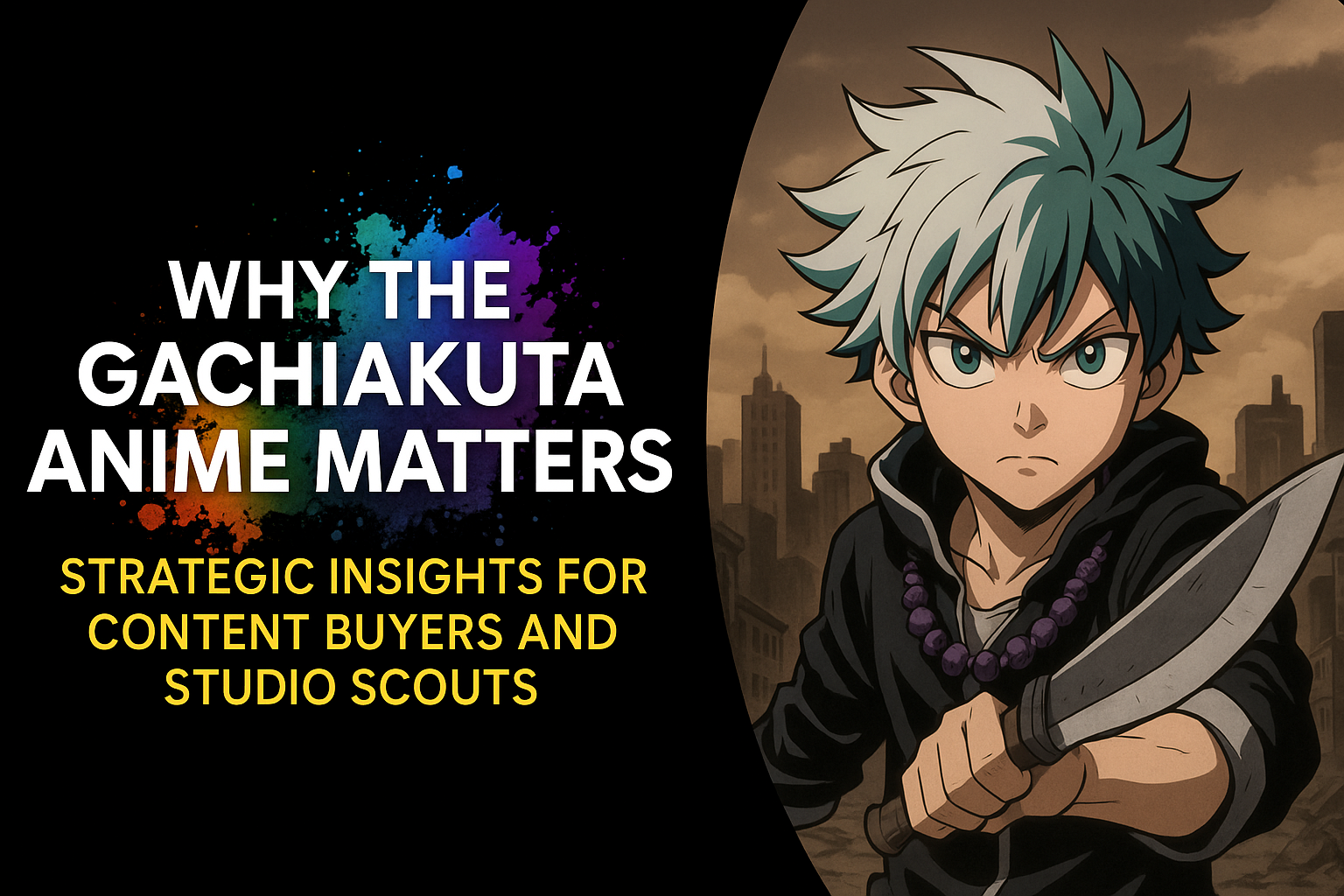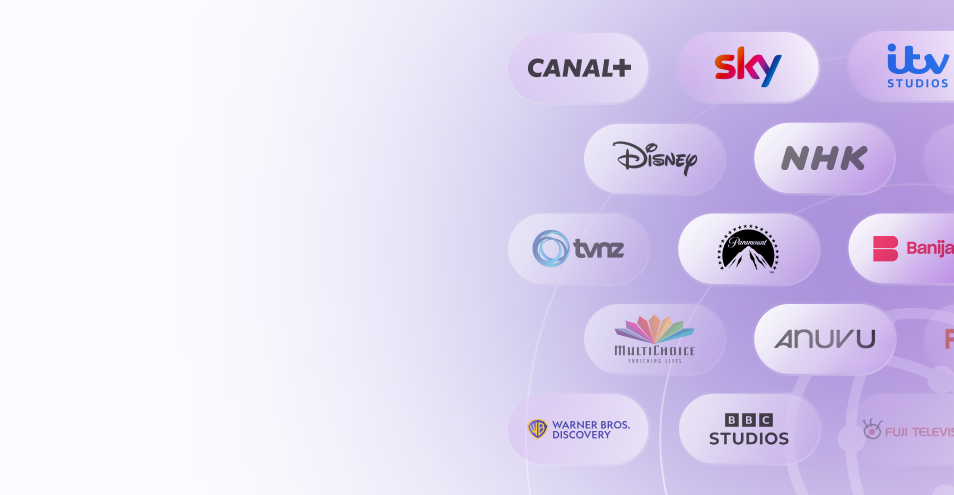Deals don’t get signed in the first email. Or the second. The real craft of distribution lies in the follow-up—the quiet persistence that turns soft interest into a signed agreement.
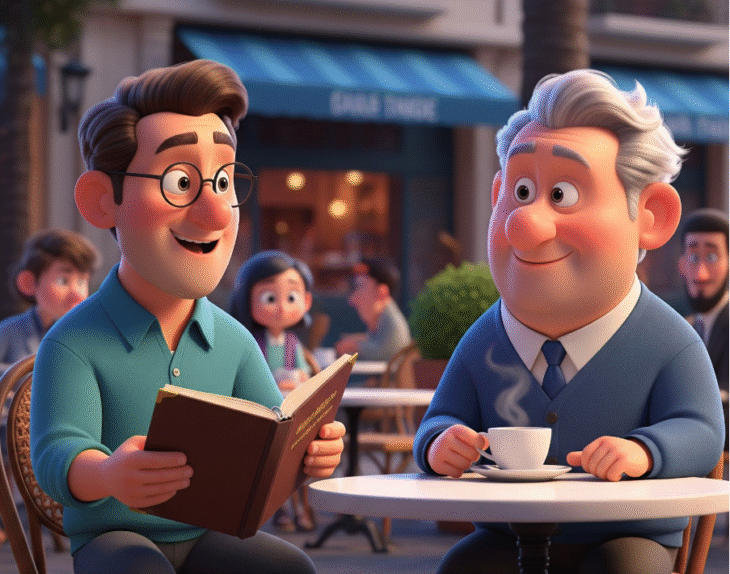
Stage 1: The Cold Intro
Most distribution deals begin with a low-effort email: a deck, maybe a trailer, and a general offer. Most end here too. Why? Because acquisition execs need context, clarity, and commercial logic.
What works for Distribution Deals:
– Precise subject lines (e.g., “New Female-led Thriller | LatAm Rights Available”)
– Bullet points: genre, runtime, availability, platform fits
– Relevant market comps or recent festival buzz
Stage 2: The Value Add Follow-Up
1 week later. This time, your message includes an updated trailer, new press mentions, and a fresh regional cutdown. You’ve also added viewer personas for streaming targets.
What makes this powerful:
– You’re showing momentum
– You’re saving the exec time in contextualizing your pitch
– You’re positioning your content as “moving with the market”
Stage 3: The Real-World Touchpoint
Now you’re at MIPCOM, Berlinale, or Series Mania. You bump into the exec. You reference the emails. You schedule coffee. The previous digital interactions have now built familiarity.
What works in person:
– Rehearsed 90-second pitch that mirrors your email value prop
– A leave-behind QR code with everything preloaded: screener, deck, data
– Not overselling—letting them connect the dots
Stage 4: The Mutual Follow-Up
They reply. Finally. “Still interested—send the full pilot.” Now your reply must be flawless: all links work, rights are confirmed, and a one-pager reiterates deal terms.
Tips for Nailing It:
– Avoid vague phrases like “let me know what you think”
– Include a short recap of what’s changed since the last exchange
– Anticipate objections: cost, language, edit length
The Don’ts:
– Don’t forward the same email over and over
– Don’t nag weekly—use a 7-14-30 day cadence
– Don’t disappear after a soft yes—ride the momentum
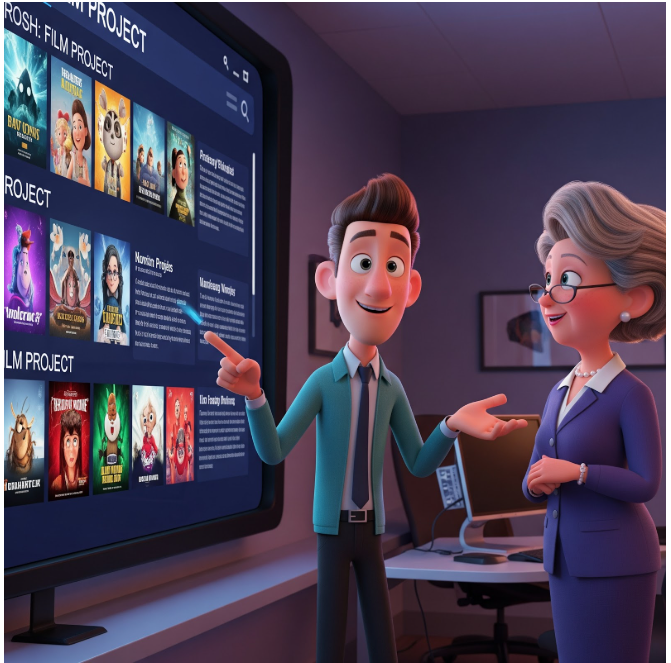
Final Word:
Follow-up isn’t about “checking in.” It’s a second pitch, a clearer pitch, and a smarter one. Master this and you’ll close more than content—you’ll open long-term relationships.

























